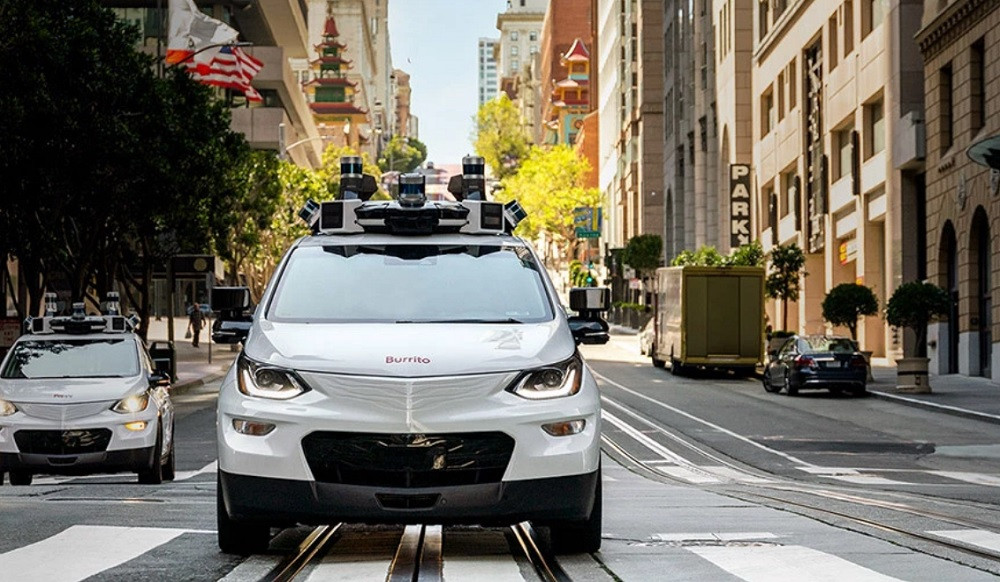In the United States, 17 states allow the introduction of autonomous vehicles (AVs) with no vehicle restrictions, but only seven states do not require a back-up driver.
According to 2022 data released by Matthew Daus, president of the New York-based International Association of Transportation Regulators (IATR), the most AV-friendly states in the country are California, Kansas, North Carolina, Tennessee, Texas, Utah and West Virginia.
With regards to insurance, California and Tennessee require $5 million in coverage, while the remaining five states require liability insurance that meets existing insurance laws.
“The laws regarding AVs and robotaxis can be a little confusing. Not only do you have to comply with laws at the federal, state and local levels, there are so many agencies and so many different responsibilities,” Daus (pictured left) said, adding that local governments can sometimes require even more data collection than the federal government.
Keep in mind that the US has a lot of lawyers and litigation cases, and unlike other countries, suing each other is fairly common. Currently, lawsuits are typically filed against drivers or vehicle owners, but the insurance model will need to evolve as there will need to be a greater focus on product liability rather than human actions.
Most AV Friendly States
Status (AV deployment is allowed, no backup drivers required)
Liability Insurance Requirements
California
$5 million
Kansas
Must meet existing insurance laws
North Carolina
Must meet existing insurance laws
Tennessee
$5 million
Texas
Must meet existing insurance laws
Utah
Must meet existing insurance laws
West Virginia
Must meet existing insurance laws
Deployment allowed
By the start of 2023, nearly half of US states had permitted the introduction of AVs.
In addition to the seven mentioned above, 10 other states – Arizona, Colorado, Florida, Georgia, Iowa, Nebraska, Nevada, New Hampshire, North Dakota and Oklahoma – allow AVs without vehicle type restrictions but impose backup driver requirements in at least some cases.
Alabama, Arkansas and Louisiana have also approved self-driving cars, but only for commercial vehicles, while Michigan and Pennsylvania allow self-driving cars but not for certain types of vehicles.
Inspection is permitted
The District of Columbia and 10 states – Connecticut, Hawaii, Maine, Massachusetts, New Mexico, New York, Ohio, Vermont and Washington – only allow testing of these types of vehicles.
Of the 33 states that allow deployment and testing, 14 require insurance coverage between $1 million and $5 million (mostly $5 million), while the remaining states require liability insurance or self-insurance that meets existing insurance laws.
That said, “there are many hurdles to overcome when it comes to AVs and insurance coverage, but they can be overcome if we think outside the box and focus on solving the political, social and economic issues,” said Daus, who is also founder and chair of the transportation practice group at the law firm Windels Marx.
Full adoption will not happen without the political will and legal structures. To achieve this, we need clearer responsibility and accountability so that governments are not afraid to experiment with the development and adoption of this new vehicle evolution.
To learn more about the current state of vehicles and mobility in the U.S. and Canada, download your free copy of our first-ever Global Fleet eBook on North America. Get your free copy here.
Top photo: In 2022, GM-backed Cruise launched an all-electric AV taxi service in San Francisco. (Courtesy of Cruise)

